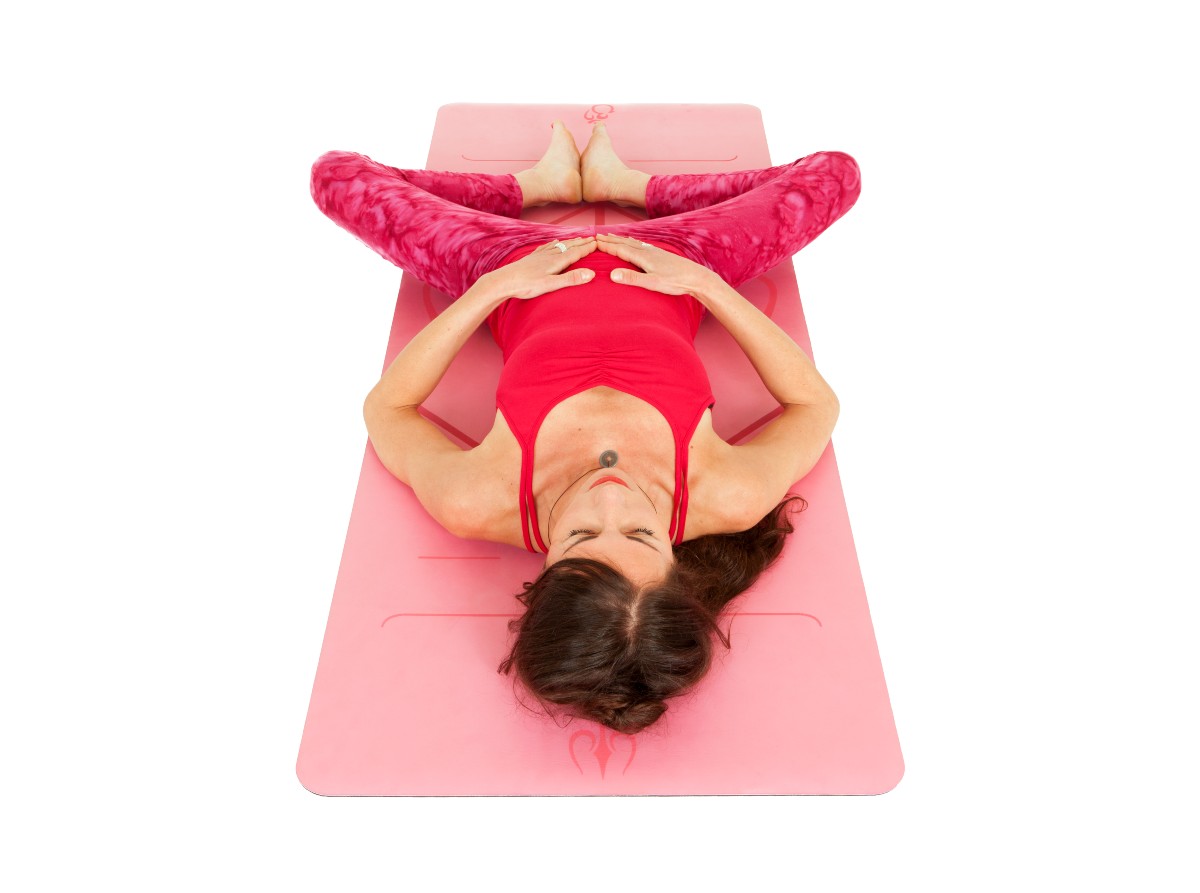The human body is an amazing thing. The air we breathe is polluted, the water we drink is sometimes unclean or ’cleaned’ too much and the food we eat is processed. But a healthy body is capable of self- healing and we have several organs that contribute to a clean and happy body.
The 5 main organs of elimination
The 5 main organs involved in the elimination process are the liver, kidneys, lungs, intestines and skin. These organs work together seamlessly to ensure that our body is able to survive our environment. This is why it is essential that we support the function of these organs by keeping our mind and body happy and healthy.
1. The Liver
Our liver is multi skilled and plays a vital role in several of our bodily systems. It’s a major player in our detox process. It regulates our blood and acts like a bouncer, blocking and kicking out the trouble makers!
- It breaks down, deactivates and removes toxic substances that we may have ingested. Things like food additives, harmful minerals, toxic medication, excess hormones and more.
- It produces ‘Kupffer’s cells’ which filter and destroy foreign invaders like bacteria, fungi, viruses and cancerous cells.
- The extracts from our blood and the waste material from the earlier breakdown of harmful substances is then carried to the intestines and the kidney via our blood and bile to be excreted from our bodies.
2. The Kidneys
Our kidneys are so important to our bodily functions (including the elimination process) that we have two! The kidneys are essential for keeping our bodies in balance.
- between the acid and alkaline
- between our salt – water balance (blood pressure regulation)
- Sodium – Potassium concentration (which is essential for a healthy neurological system).
The kidneys filter our blood of toxic waste and excess water. They do this in three steps
- Filtration: Filtration is the process by which water and dissolved particles are pulled out of the blood. The resulting liquid contains water and many of the toxic substances that might have accumulated in the blood.
- Reapportion: Nephrons in the kidney will restore vital nutrients and water back into the blood, while retaining the waste products the body needs to eliminate.
- Secretion: This concentrated filtrate then makes its way out of the kidneys – along the way, any water that the kidneys deem as excess is reabsorbed and the resulting liquid makes its way to the bladder in the form of urine.
The smallest amount of water required to excrete waste products is around 500ml a day.
3. The Intestines
As mentioned above, our liver breaks down harmful substances. The resulting waste materials are then carried to our intestines via bile. Bile also helps breakdown fat molecules (vital for our metabolism of fats). These waste materials are carried through the small intestines along with the food that has just vacated our stomachs. While our small intestine absorbs the essential nutrients from this metabolised mass, it hopefully does not absorb these wastes and toxins and they are safely transported through to the colon where they can be excreted as part of our faeces.
Sometimes these filters, present in the small and large intestine, do not work due to disease or the food we have eaten and we can absorb toxins so we have to make sure we keep our gut healthy.
4. The Lungs
The lungs remove toxic gases from our body. Do you know that particular smell of someone the day after a night out? That’s a chemical created by your liver as it destroys alcohol and it gets released through our lungs. We can also eliminate toxins via our phlegm.
5. The Skin
The skin is the largest organ in our body, defending us and protecting us. Sometimes the other organs of elimination need help from the skin. Any toxins/waste that is soluble in water can also be eliminated through our sweat. The most common waste to be excreted this way are residues of the metabolism of rich foods such as meat, dairy and eggs.
EkhartYoga members
Learn more in Seasonal Cleanse with Ayurveda and Yoga. A two-week programmes with talks, yoga classes and diet and lifestyle advice tailored for your body type.

